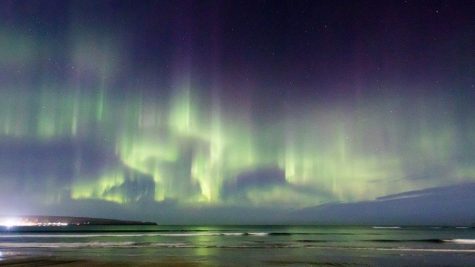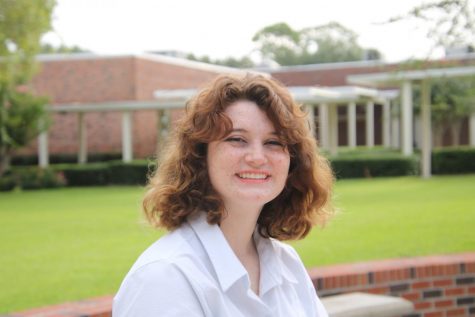Light Show in Scotland
A beautiful display over Scotland as the aurora borealis light showcase over Orkney in the north to Dumfries and Galloway in the south
March 17, 2022

What are the Aurora Borealis lights?
The Aurora Borealis is a natural phenomenon caused by geomagnetic storms from the Sun. It can seem as though the sky has rays of light that shimmer and “dance.” Although beautiful, this elegant light show is rather a violent event.
According to Space.com, the lights are made up of energized particles from the sun that crash into the Earth’s upper atmosphere at speeds “of up to 45 million mph (72 million kph).” Luckily, our planet’s magnetic field protects us from the onslaught of seemingly innocent, but harmful lights.
Spotted in Scotland
Astronomer Steve Owens stated that the Sun was going to be emerging from a quiet phase in the star’s 11-year cycle of celestial activity, according to BBC. He states that with the Sun heading out of a minimum to a maximum activity cycle over the next several years, which will increase the chance of people being able to see the space weather phenomenon.
Owens told BBC Radio Scotland’s Good Morning Scotland that going to an area farther away from light pollution in northern Scotland gave people in the UK the greatest chance for seeing the aurora – if skies are clear, if weather permitted and if the sun is active.
Owens states that it is typically only possible for the space weather forecasters to give only a day or two’s notice to the displays of the lights.
“It just so happens at the moment we are heading into a more active phase and last night the Sun was giving off solar flares.”
Contributors to BBC Weather Watchers were among the ones that are able to enjoy views of the aurora overnight, including Mon. 14 March 2022.
More about the lights
Here are a few facts about the lights:
- The earliest suspected recording of the northern lights was in a 30,000-year-old cave painting in France
- Galileo Galilei devised the name “Aurora Borealis” in 1619
- The lights were named after the Roman goddess of Dawn, Aurora, and the Greek god of the north wind, Boreas
- A North American Inuit legend suggests that the northern lights are spirits playing ball with a walrus head, while the Vikings thought the phenomenon was light reflecting off the armor of the Valkyrie (which are the supernatural maidens who brought warriors into the afterlife)
- A royal astronomer under Babylon’s King Nebuchadnezzar II inscribed his report of the phenomenon on a tablet dated to 567 B.C.
- The Chinese also note the aurora in a report from 193 B.C.
- Norwegian scientist Kristian Birkeland conceived the idea that electrons emitted from sunspots created the atmospheric lights after being conducted toward the poles by Earth’s magnetic field. The theory would be proven correct in 1967, but 50 years after Birkeland’s death in 1917.








